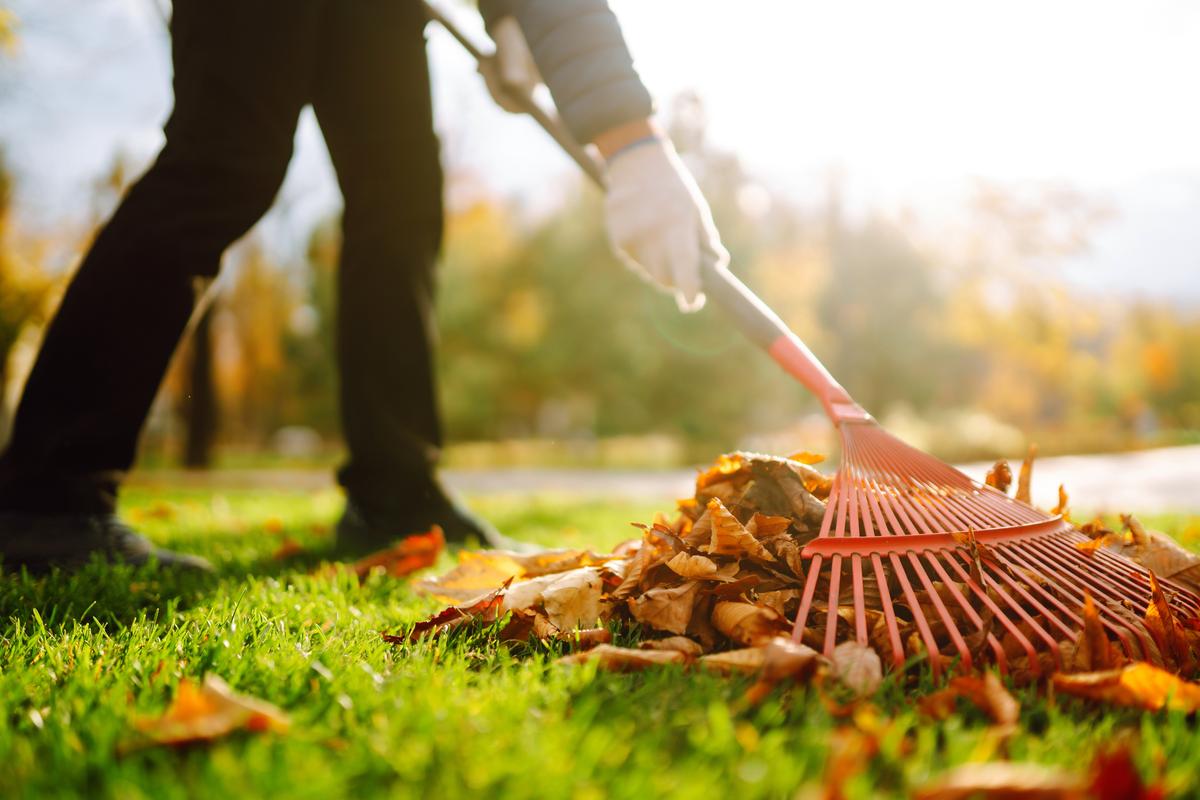As days become shorter and temperatures decrease, autumn marks its arrival. Although most associate lawn care with spring and summertime, autumn can be an essential time to prepare your grass for an unpredictable winter and help it come back healthy next spring. Here, we explore imperative autumn lawn maintenance tasks and when best to perform them to maintain its beautiful appearance.
Raking and Removing Leaves
One of the hallmarks of autumn is colorful leaves sweeping down from trees. While their presence may look beautiful from above, if left to their own devices, they could cause severe problems for your lawn by blocking sunlight and trapping moisture – creating the ideal conditions for mold growth and disease spread by insects or animals. Find expert support at Blooms Land Care.
When to Clean: To minimize leaf drop-off in your area and save yourself some effort later on, begin cleaning leaves as soon as they start falling – this might require weekly or daily raking in some instances – rather than waiting until all have lost before starting on cleanup tasks.
Aerate Your Lawn
Aeration involves perforating the soil with holes to allow air, water, and nutrients to access the grassroots more readily – providing your lawn with better breathing while encouraging healthy root development. This essential task helps your grass breathe freely while encouraging strong root formation.
When to Aerate: Early to mid-fall is an optimal time for aeration, as this allows your grass to recover fully by taking advantage of additional oxygen and nutrients in the soil before winter arrives.
Fertilize Your Lawn
Fertilizing in the fall provides essential nutrients that support strong roots, giving your grass the edge against winter challenges and disease resistance. Consider choosing a fertilizer with high potassium content, which promotes root development and disease resistance.
When to fertilize: Late summer to early fall is an ideal time for fertilizing your lawn with fertilizers. September is perfect as it gives the grass enough time to absorb essential nutrients and bolster its root system before winter.
Seed Bare Spots
Autumn is the ideal season to repair any thin spots in your lawn and sow fresh grass seeds due to cooler temperatures and consistent moisture. Grass seed germination benefits significantly in such conditions.
When to do it: Inspect and oversee your lawn from early to mid-fall. Choosing suitable grass seeds that cater specifically to the region in which your property resides should help make this task a success.
Keep Mowing
Don’t get seduced into discontinuing lawn mowing too early in the season – grass continues to grow until its first hard frost hits, and maintaining an appropriate height at each mowing session helps avoid matting and disease issues in your grassy expanse.
When to do it: Schedule regular lawn mowing until the grass stops growing – typically late autumn – then adjust your mower blade to maintain an ideal grass height for your particular type of lawn.
Control Weeds
Invasive weeds can become particularly pernicious when competing for essential nutrients with your grass during fall. Applying pre-emergent herbicide can prevent seed germinating to keep weeds at bay.
When to do it: Apply pre-emergent herbicide early or midfall before frost to help ensure a weed-free lawn in springtime.
Clean and Store Equipment
Pay attention to your equipment as you wrap up your fall lawn care activities. Cleaning and adequately storing lawnmowers, trimmers, and other tools will ensure they’re ready when spring arrives.
When to do it: Make sure your equipment is cleaned and stored away properly at the end of each fall season after performing its final cut – this will prevent rust or any potential damages during wintertime months.
Adjust Your Watering Schedule
As temperatures cool off, your lawn won’t require as much irrigation as in summer. Adjust your watering schedule to provide enough moisture for its health without overwatering the grass.
When to do it: Reduce watering frequency by early fall and monitor lawn moisture levels closely as weather dictates; adjust accordingly.
Protect Against Winter Pests
Autumn marks a critical period when pests such as grubs and rodents seek refuge for winter; applying preventive treatments could protect your lawn against damage caused by these organisms.
When to do it: To prevent winter pests before they become an issue, apply preventive treatments in late summer through early fall.
Clear Away and Prepare for Winter
As winter nears, please clean up your lawn by clearing away debris or clutter that could strangulate its grass, such as toys, furniture, or any other objects collected over the summertime. This should include toys as well as anything else that has been collected.
When to do it: To prepare your lawn for winter, start cleaning and prepping it as soon as the first snowfall occurs in late fall—keeping a tidy yard less susceptible to mold or disease during colder weather months.
Autumn lawn care is essential in creating and maintaining an inviting outdoor space year-round. By carrying out these essential tasks and timing them correctly, you can help ensure your grass remains strong through winter while blossoming back to life when spring returns with lush, green grass. Pay attention to your lawn this autumn; embrace it instead as an opportunity to prepare and nurture it so it will become the envy of its neighborhood in spring.








